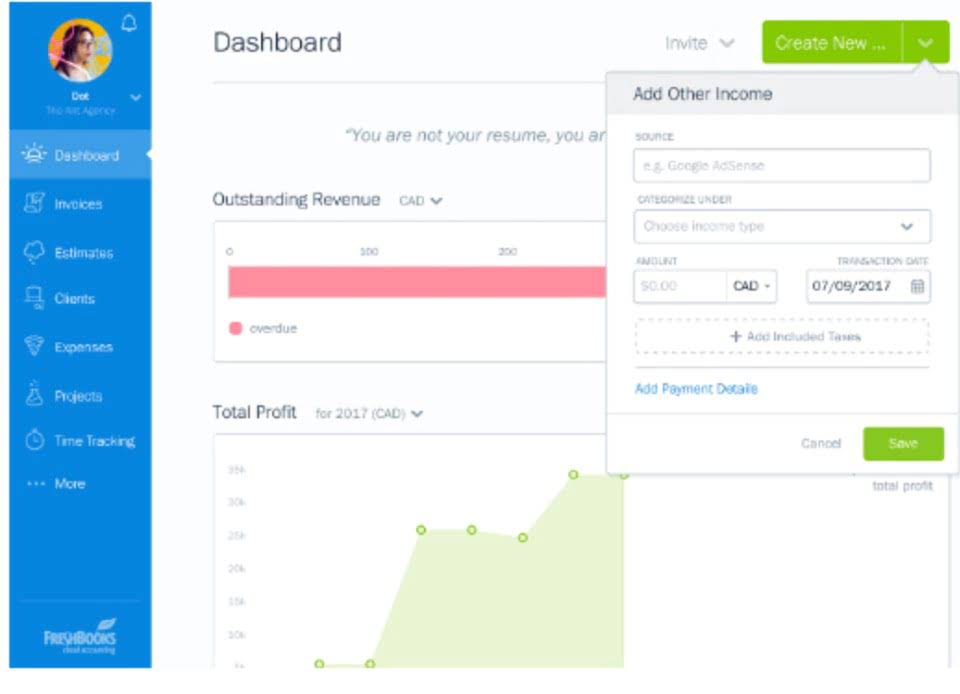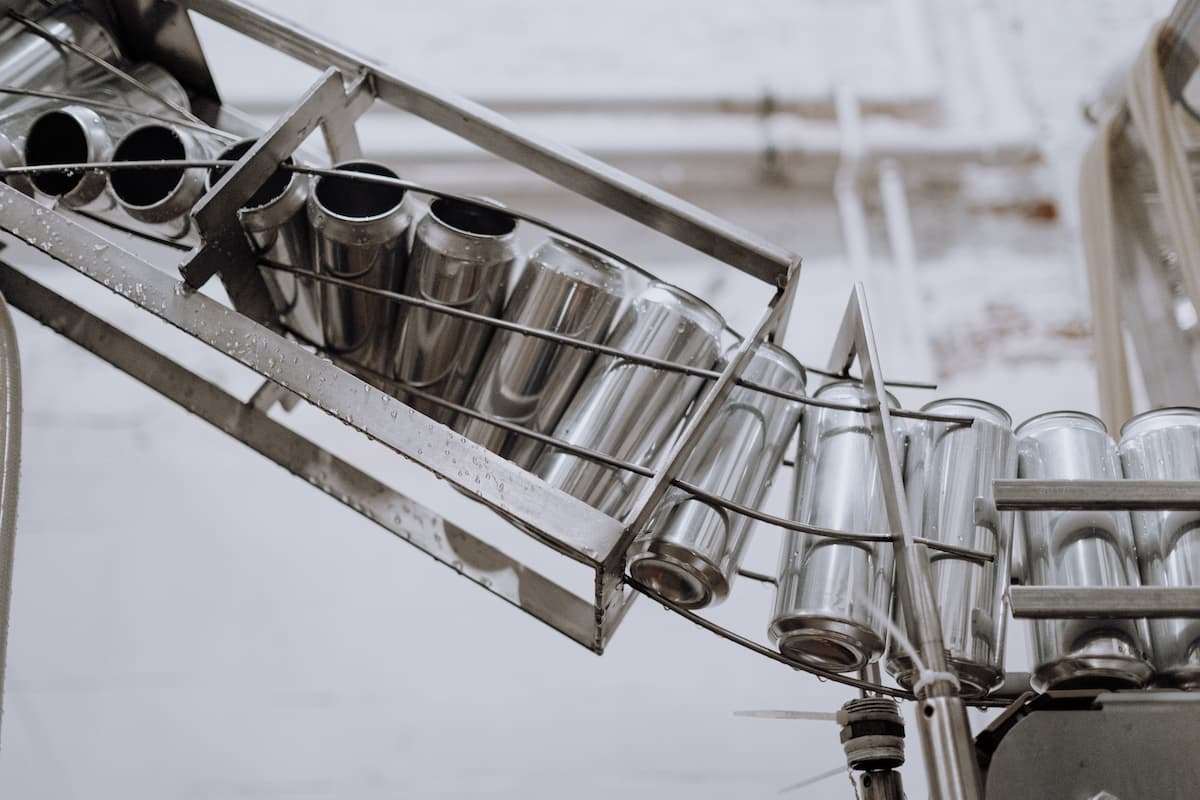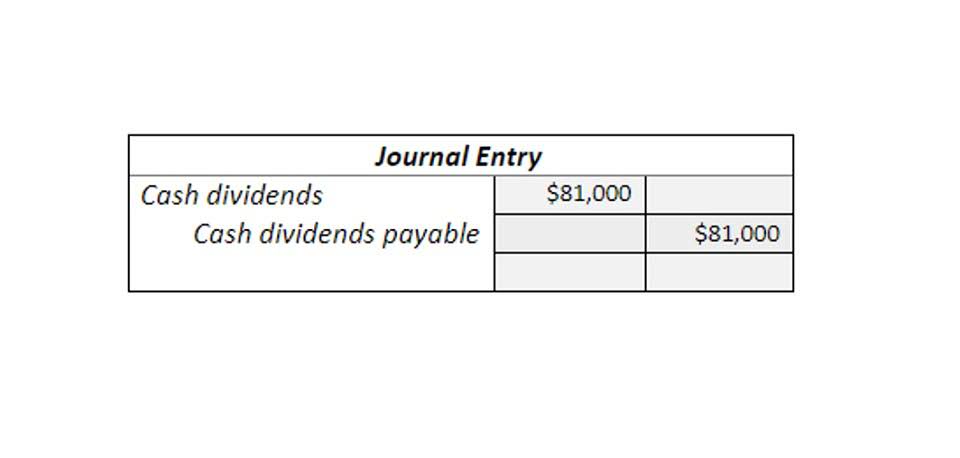
Liabilities are normally things that are settled over time through the transfer of money, goods, or services. Liabilities payroll can either be short-term obligations that are due within one year of a normal accounting period, or they can be long-term liabilities and are not due for more than one accounting period. By definition, period costs are costs that are incurred during one accounting period and are not tied to the production of a product or the inventory costs.
How does the accounting term “period expense” differ from an operating expense?

Without a project plan or product roadmap, it’s hard to make sure all stakeholders and teams are on the same page. By aiming to create a useful product with minimal features, you can avoid spending too much time and money on features that may or may not resonate with your target market. A bit harder to calculate, time is a crucial factor to consider nevertheless. The software development lifecycle is time-consuming, and you may face obstacles that could lengthen your timeline. You also need to invest in marketing, sales, customer support, legal, and more to ensure your product reaches the hands of the customers how to calculate total period costs you want to serve.

Period Costs Examples
- Solar panels can save you a lot of money on electricity, and might even make you money if you can sell energy back to the grid.
- Resources consumed to provide or maintain the organization’s capacity to produce or sell are capacity costs or supportive overheads.
- For example, an in-house employee will expect benefits like paid time off, workspaces, and equipment.
- In addition to categorizing costs as manufacturing and nonmanufacturing, they can also be categorized as either product costs or period costs.
- Integrate financial data from all your sales channels in your accounting to have always accurate records ready for reporting, analysis, and taxation.
Understanding Period Costs is crucial for any business looking to navigate the complex landscape of financial management. By grasping the distinction between Period Costs and Product Costs, businesses can accurately assess their expenses and make informed decisions to improve profitability. From administrative and selling expenses to marketing costs and depreciation, every Period Cost plays a role in shaping a company’s financial health. Product costs are directly related to the production or acquisition of the goods sold by a company. The American Institute for Healthcare Management explains that product costs include any expenses required to deliver your products or services to the final customer.
- That’s why it’s important to think about your home’s energy efficiency before you consider solar panels — you can save money on energy and get a smaller solar panel system.
- Businesses can plan by diversifying decision-making teams, skill development, using technology effectively, and engaging in ongoing communication with suppliers and other stakeholders.
- A product cost is initially recorded as inventory, which is stated on the balance sheet.
- Sometimes rooftop solar can completely cover your electricity needs — reducing your utility bill to $0 — and sometimes it only covers a portion of it.
- Product costs help businesses figure out how much it truly costs to make each item they sell, helping set prices for profit.
- Effective management of selling expenses involves targeting the right audience, optimizing marketing channels, and measuring the return on investment (ROI) of sales and marketing initiatives.
Period costs don’t impact inventory valuation

Now let’s look at a hypothetical example of costs incurred by a company and see if such costs are period costs or product costs. Product costs include direct materials, direct labor, and overhead expenses. These costs are capitalized as inventory and become part of the cost of goods sold when the product is sold.
- FIFO costing does not mix costs from prior tenure (in beginning inventory) with a current period expense.
- The Total Period Cost Calculator is a valuable tool for assessing financial performance and managing expenses effectively.
- The federal residential clean energy credit, for example, gives you up to 30% back.
- What is paid during that period was $100,000 in rent and utilities, but only $10,000 in insurance and property taxes because a storm damaged the roof of one of its properties.

This not only helps you determine the next project to prioritize but also maximizes your profits. Choosing the appropriate method of allocating Period Costs depends on factors such as the nature of the business, the complexity of operations, and the availability of data. By implementing effective cost allocation methods, businesses can gain insights into their cost structure, enhance decision-making capabilities, and ultimately drive sustainable growth and profitability.

A product cost is incurred during the manufacture of a product, while a period cost is usually incurred over a period of time, irrespective of any manufacturing activity. A product cost is initially recorded as inventory, which is stated on the balance sheet. Once the inventory is sold or otherwise disposed of, it is charged to the cost of goods sold on the income statement.
